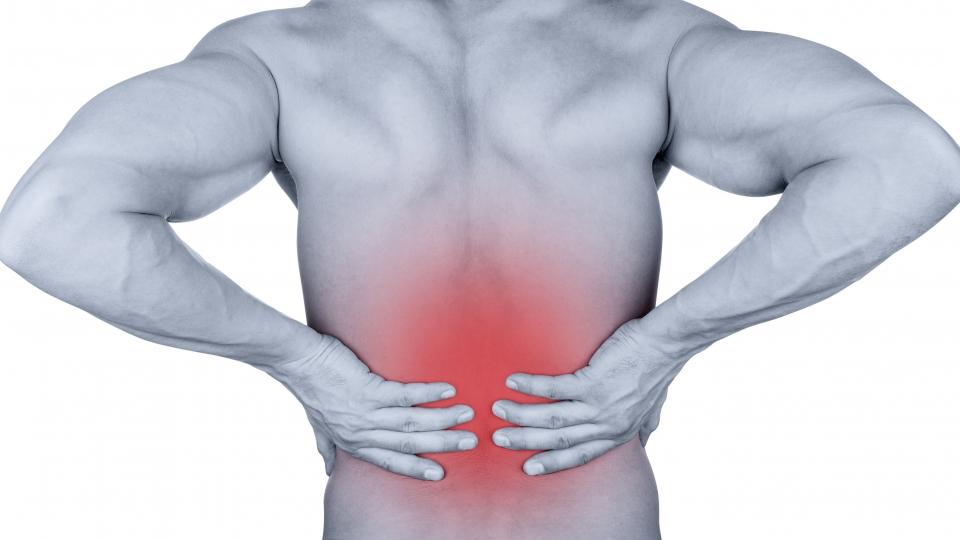
There are many sources of confusion about back pain - it seems there's always something in the news about a breakthrough that's revolutionizing back pain treatment or a new book that claims to have all the answers.
Unfortunately, as many of you know, the solutions for healing the spine are usually not that straightforward. While some people find pain relief quickly, most people find it is a long and winding road to getting an accurate diagnosis and effective treatment plan.
An important part of the process is sorting through all of the misconceptions to gain a realistic understanding of your situation. The following dispels a number of the more common myths about back pain and treatment options.
Myth: Back Pain Can Lead to Paralysis if Untreated
Reality: The spinal cord comes off the base of the brain, runs throughout the cervical spine (neck) and thoracic spine (upper back) and ends at the lower part of the thoracic spine. Therefore, while most problems in this area are benign, spinal cord damage may accompany trauma or certain diseases of the cervical or thoracic spine (such as a spinal tumor, infection, or an unstable fracture). The spinal cord does not run through the lumbar spine (lower back). Because the lumbar spine has no spinal cord and provides a large amount of space for the nerve roots, even serious conditions (such as a large disc herniation) are unlikely to cause paralysis.
Myth: My Back Pain Will Get Worse with Age
Reality: Many patients worry that if they are in a lot of pain when they are in their thirties or forties, they will become much worse and may be in a wheelchair by the time they're in their sixties. However, back pain is actually more common in younger people (e.g. 30 to 50-year-olds). This is especially true for discogenic pain (such as a herniated disc or degenerative disc disease). Therefore, if patients can find a way to manage their pain and maintain their ability to function, the back pain will often subside over time.
Myth: I Must Be Very Careful to Protect My Back to Avoid Further Pain
Reality: Many people with back pain actually overprotect their backs and, as a result, are more prone to injury and pain due to lack of conditioning. To stay healthy, the spine needs a regular regimen of stretching, strengthening and aerobic conditioning exercises. An overall sedentary lifestyle and lack of exercise leads to a lack of strength and flexibility and generally does more harm than good. Unless your doctor tells you differently, protecting your back should mainly include proper posture and body mechanics and appropriate physical therapy instruction to ensure that you are exercising correctly.
Myth: Pain is a Fact of Life and I Should Just Tough it Out
Reality: Severe, chronic back pain and neck pain is very debilitating and needs to be treated. If the pain is interfering with your ability to complete your daily activities it is advisable to seek help right away and don't let the pain grow worse. It's thought that untreated pain can interfere with the healing process by affecting the immune system and leading to other undesirable results. In cases of back pain and neck pain, ongoing pain and discomfort can impede the rehabilitation process by interfering with exercise and increasing the risk of psychological distress (such as sleeplessness, depression, stress, etc).
Myth: An MRI Scan is Necessary to Know What is Causing My Pain
Reality: An accurate diagnosis of the source of your back pain requires a combination of the doctor's findings from your medical history and physical exam, and may or may not require diagnostic tests such as an MRI scan. MRI scans alone do not show anything conclusive. In fact, an MRI scan will often show a problem (such as a degenerated disc) in a young, healthy adult with no back pain, and will often show no problems in someone with a great deal of pain.
Most healthcare professionals can develop a successful approach for back pain treatment based on a thorough medical history and physical examination. Only specific symptom patterns in a minority of cases indicate the need for MRI scans or other sophisticated tests. Typically, MRI scans are used when patients are not responding to appropriate treatment and for surgical planning.
Precision Pain Care and Rehabilitation has two convenient locations in the Richmond Hill – Queens and New Hyde Park – Long Island. Call the Richmond Hill office at (718) 215-1888, or (516) 419-4480 for Long Island office, to arrange an appointment with our Interventional Pain Management Specialist, Dr. Jeffrey Chacko.













